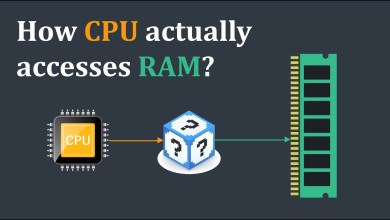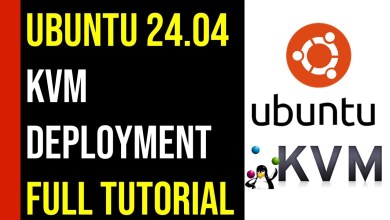What’s ‘Page Fault’ in mainframes?
Mainframe Glossary 99
A page fault in mainframes, similar to other computer systems, is an interruption that occurs when a program tries to access memory that is not currently loaded in physical memory. This means the requested data or instruction resides on a secondary storage device (usually a disk) instead of the faster but limited RAM.
Here’s a breakdown of the process and key points:
How it happens:
Program instruction: A program references a specific memory address.
Address translation: The Memory Management Unit (MMU) translates the virtual address to a physical address.
Page check: The MMU checks if the page containing the required data is present in RAM.
Page missing: If the page is not in RAM, a page fault occurs.
What happens next:
Interrupt: The operating system (e.g., z/OS on IBM mainframes) receives an interrupt signal indicating a page fault.
Locate page: The OS locates the requested page on the disk.
Fetch page: The necessary data is retrieved from the disk and loaded into an available frame in RAM.
Resume execution: The program execution resumes using the newly loaded page.
Key points:
1. Page faults can cause a slight delay in program execution due to the disk access but are essential for efficient memory management.
2. Mainframes employ paging extensively to handle large programs and datasets that wouldn’t fit entirely in RAM.
3. The operating system uses page replacement algorithms to determine which page in RAM to evict (swap out) when a new page needs to be loaded.
4. Minimizing page faults is crucial for optimal performance, and various techniques like buffer pools and working sets are used to keep frequently accessed pages in memory.
5. Monitoring page fault rates helps identify potential performance bottlenecks or memory usage issues.
Comparison to other systems:
While the basic concept of page faults is similar across different computer systems, some nuances exist:
Page sizes: Mainframes often use larger page sizes (e.g., 4KB – 32KB) compared to smaller sizes (e.g., 4KB) in some other systems.
Memory Management Units: Mainframes typically have dedicated MMUs for efficient address translation and page fault handling.
Virtualization: Page faults play a key role in managing virtual memory on mainframes, enabling multiple virtual machines to share physical memory resources.
Overall, understanding page faults is essential for comprehending memory management on mainframes and appreciating the trade-off between program efficiency and available physical memory.
[ad_2]
source



